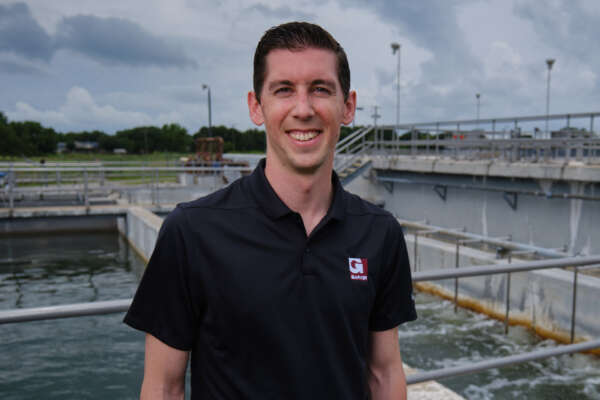Chowdhury: Monitoring programs are key to managing impending blooms
Garver Water Practice Leader Zaid Chowdhury Ph.D., PE, BCEE, knows what keeps water utility managers from getting their full eight hours of sleep each night. Whenever taste and odor (T&O) compounds are present in a water source, it means there’s something else – that blooms of algae are taking hold in the water reservoirs. Fortunately, as Chowdhury writes in the April 2021 issue of Journal AWWA, it doesn’t have to be that way.
“Developing an early warning system and implementing appropriate monitoring program levels to respond to impending blooms is one of the keys to managing them effectively,” wrote Chowdhury, who is currently serving as chair of AWWA’s Aesthetics and Water Quality Perceptions Committee.
The reason for such diligence? As Chowdhury notes, incidences involving cyanotoxins have been highly publicized in the past, garnering no shortage of negative press for their respective utilities. It is, in other words, a matter of both public perception and public health alike.
So, what can be done?
Over the course of the article, Chowdhury discussed goals for treated water, a rundown of cyanobacteria, and provided a rubric for water systems looking to improve water quality. Chowdhury notes that monitoring can be undertaken by any water system, with monitoring falling into one of three categories, ranging from routine to enhanced to rigorous.
Ultimately, however, no matter the steps that are taken, what Chowdhury urges above all is vigilance, that the issue can be taken care of before any problems arise.
Subscribers to Journal AWWA can read the entire article here.
To learn more about what Garver’s Water Technology Team can do for you, visit our Water Technology page.









Share this article